Dishwasher powder - store-bought and homemade
 Any newfangled dishwasher can theoretically wash dishes without the use of chemicals, but the result is unlikely to please you. Grease deposits, tea stains and other dirt will remain where they were; warm water will wash away only the simplest dirt. To clean dishes in the “dishwasher” until they shine, you need dishwasher powder. You also need to know what powder to use, how much to pour, where to pour it. In addition, many people wonder how to replace factory powder? We'll talk about this and much more in the article.
Any newfangled dishwasher can theoretically wash dishes without the use of chemicals, but the result is unlikely to please you. Grease deposits, tea stains and other dirt will remain where they were; warm water will wash away only the simplest dirt. To clean dishes in the “dishwasher” until they shine, you need dishwasher powder. You also need to know what powder to use, how much to pour, where to pour it. In addition, many people wonder how to replace factory powder? We'll talk about this and much more in the article.
How to use dishwashing powder?
Using dishwasher detergent is a snap. You must carefully read the instructions written on the package. You need to find out how much powder to pour, since different manufacturers have different concentrations of active substances in the product. Trendy manufacturers often have a special measuring spoon in the pack, which simplifies the process of determining a single dose of detergent.
The dose of powder may also depend on the characteristics of the dishwasher. If the machine has a half-load function, then when using it, you will need to pour half as much powder, since half the water and half the salt will be used for washing. If your dishwasher has similar functions or programs, read the instructions for it very carefully and figure out how to use these programs correctly.
For your information! Modern dishwashers have many interesting programs that allow you to save not only powder and salt, but also water, electricity and your personal time, so study your “home assistant” carefully!
We have outlined the algorithm for determining how much powder to pour, now let's figure out where to pour the powder. There is nothing complicated here either, you just need to open the door and inspect its upper end or back. There should be a plastic compartment for detergents and rinse aid.
- Open the lid of the powder compartment.
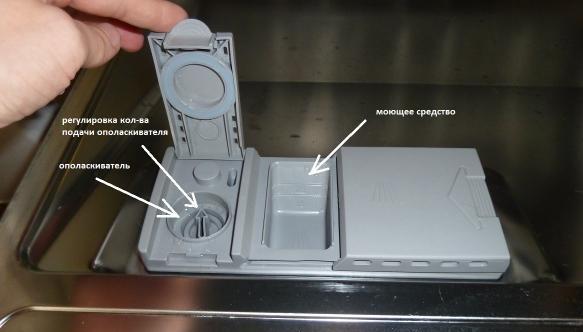
- Pour the required dose there.
- Close the lid and you can start the washing program.
Keep in mind that these compartments are not always labeled. To understand exactly which compartment of the cuvette is used for what, use the instructions for your dishwasher. If you pour powder, for example, into the rinse aid compartment, the dishwasher will pick it up at the very end of the program, and at the end you will get dishes with stuck grains of undissolved powder.
How does an expensive powder differ from a cheap one?
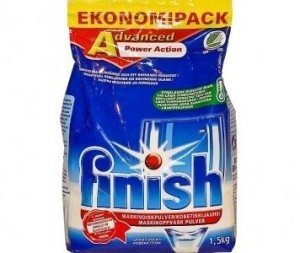 Consumers, trying to save money, strive to replace expensive powder with cheap one. How correct is this? When choosing powder for the dishwasher, experts advise paying attention not to the front of the package, not to the brand, but to the composition. Many branded and cheap powders have almost completely identical compositions. The conclusion suggests itself - expensive powder can be painlessly replaced with a cheap one, because when buying a well-known detergent, we significantly overpay for a well-promoted brand.
Consumers, trying to save money, strive to replace expensive powder with cheap one. How correct is this? When choosing powder for the dishwasher, experts advise paying attention not to the front of the package, not to the brand, but to the composition. Many branded and cheap powders have almost completely identical compositions. The conclusion suggests itself - expensive powder can be painlessly replaced with a cheap one, because when buying a well-known detergent, we significantly overpay for a well-promoted brand.
There is, however, one nuance here.Expensive branded products are often counterfeited; even after paying a considerable amount of money for the coveted pack, you may not get the expected result. Cheap products are not counterfeited, you can be calm here, but what is the quality of a cheap product? You will have to use trial and error, explore several options and choose the best and use it. In our opinion, there is no point in paying attention to widely advertised powders; a regular powder has the same effect, but it costs much less.
Is it worth looking for a replacement for factory powder?
At first glance, it seems that if you are already using a cheap powder, then why take the risk and try to save more money by making your own detergent. In fact, there is a rational grain in all this. When you make a product at home, you take high-quality ingredients, put them in certain proportions (without skimping) and get the expected result every time.
Important! In order for a homemade product to wash dishes well, you not only need to make it correctly, using high-quality components, you need to know exactly how much to use when implementing a particular washing program.
It’s not the same with factory-made powders, sometimes you buy a pack, everything washes well, the next pack doesn’t give the same effect, although you use the same program on the dishwasher. It’s quite a shame, because you pay a lot of money for these products, and the result is dirty dishes. All that remains is to wash the dishes with your own hands, silently cursing the manufacturers of the powder and dishwashers, although the latter have absolutely nothing to do with it. To wash dishes perfectly you need:
- select the correct washing program;
- choose high-quality and inexpensive powder;
- pour the right amount of powder into the right place;
If one of the three elements of this list is removed, you should not expect a high-quality result. Some, in order to be sure of the result and save money, prefer to prepare the powder themselves, although this requires a fair amount of experimenting and studying various recipes for dishwasher detergents. If your home remedy is identical or close in composition to the commercial powder, consider yourself successful, but first you need to find a suitable recipe, and this is not such an easy matter.
How to make dishwasher powder with your own hands?
In this section, we will look at good recipes for homemade dishwasher powder. Let’s make a reservation right away that we will not give information about the dosage and use of these products, since this will depend on the individual characteristics of your dishwashers - some require one amount of product, others another. So, the first recipe is the “Mustard” remedy, you need to take:
- 0.5 cups dry mustard powder;
- 0.5 cups of borax;
- 1 cup soda ash.
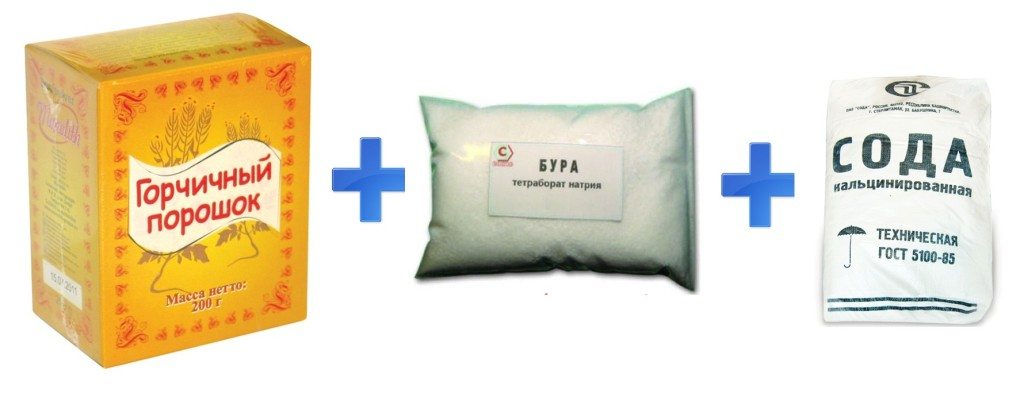 All components must be mixed, packaged in an opaque bag and stored in a dark, dry place. To increase the efficiency of washing dishes with this product, you can add a little apple cider vinegar to the rinse aid compartment before washing, diluting it to 9%. The essence cannot be used.
All components must be mixed, packaged in an opaque bag and stored in a dark, dry place. To increase the efficiency of washing dishes with this product, you can add a little apple cider vinegar to the rinse aid compartment before washing, diluting it to 9%. The essence cannot be used.
For your information! To implement the above recipe, take not granular, but powdered soda ash; baking soda may also work, but then the product will turn out worse.
The second recipe involves making a powder that cannot be used to wash crystal glassware.This recipe also has a drawback: sometimes you have to use a second rinse to wash off the white residue from the dishes, but this does not always happen, so the recipe is quite passable. Have to take:
- 1 part mustard powder;
- 1 part baking soda;
- 0.1 part citric acid.
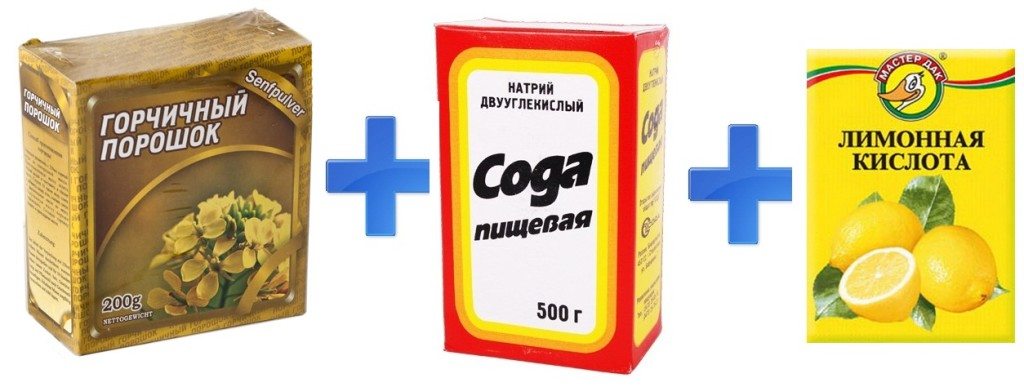
We mix everything, and then all we have to do is pour this product little by little into the powder compartment and enjoy well-washed dishes. The above-described products wash well, do not harm the washing machine and, by the way, they are absolutely environmentally friendly.
How do I know how much to pour into the powder compartment? There is only one way - home experiments. Sprinkle a little at first and wash the dishes; if the result is unsatisfactory, sprinkle more. After a few tries, you will know how much to apply at home. If you still don’t want to go through such experiments and prefer inexpensive factory powder, then you can choose best dishwasher detergent, having read the article of the same name posted on our website.
To summarize, we note that dishwasher powder ensures the removal of any complex contaminants from the surface of the dishes; you need to sprinkle it before each wash. The costs are appropriate. You can try to reduce costs and replace the powder with a homemade product. It’s very easy to make these products yourself, the costs are minimal, and the effect is amazing.
Interesting:
Reader comments
- Share your opinion - leave a comment


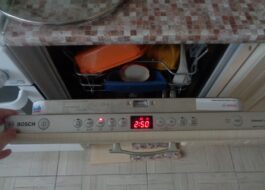

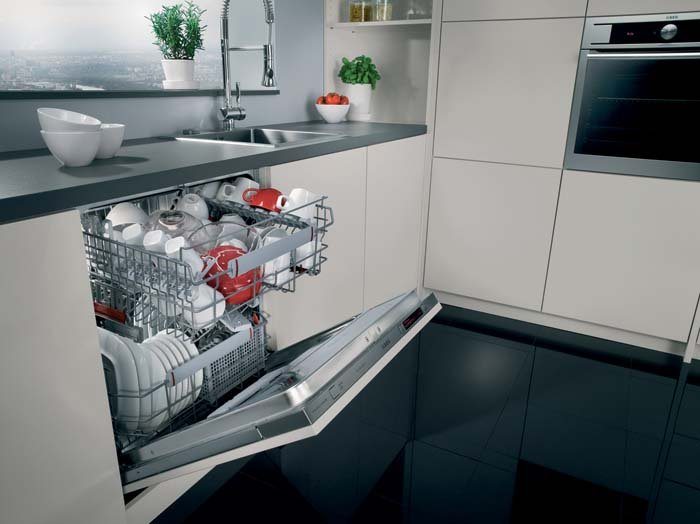

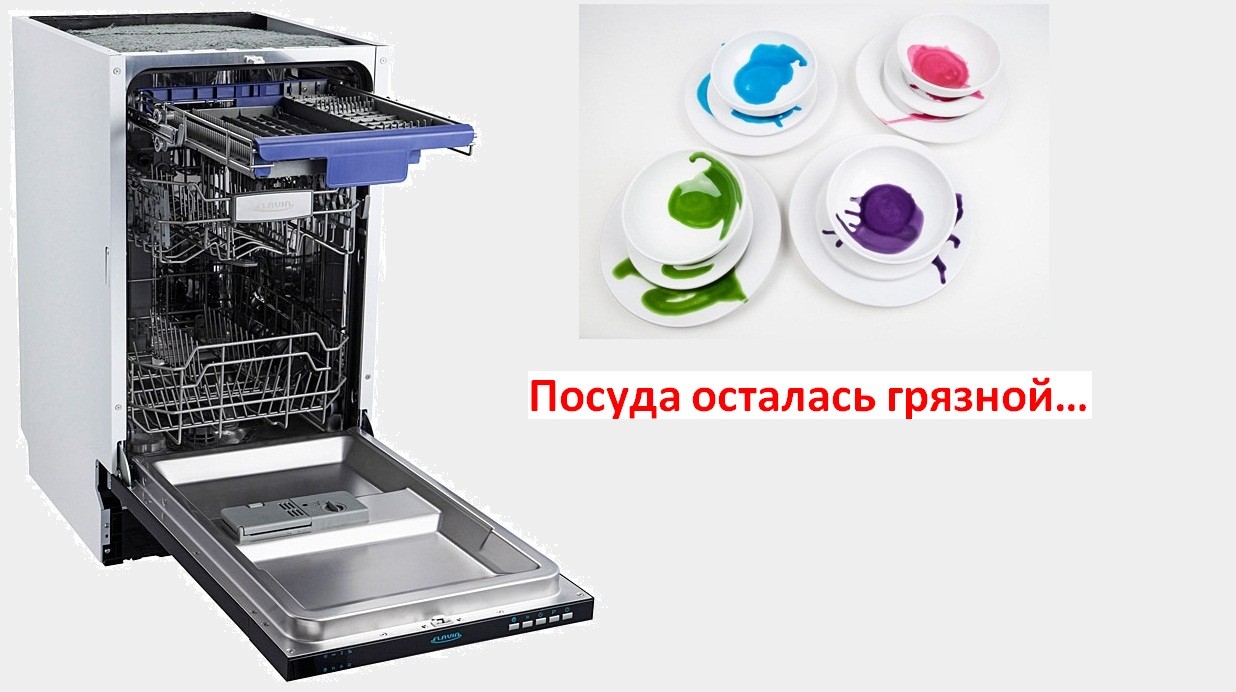














Add a comment